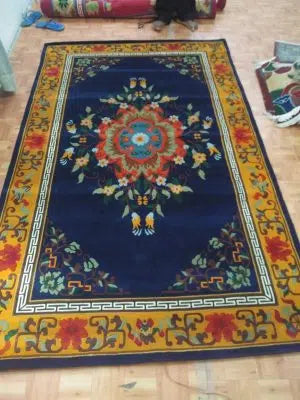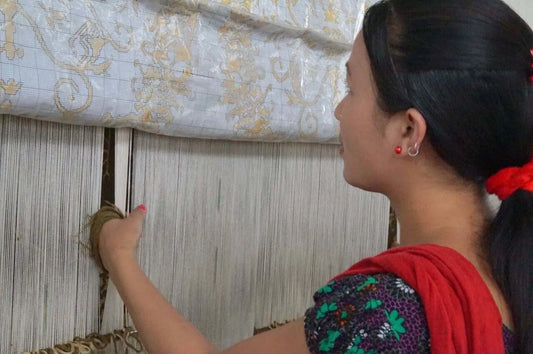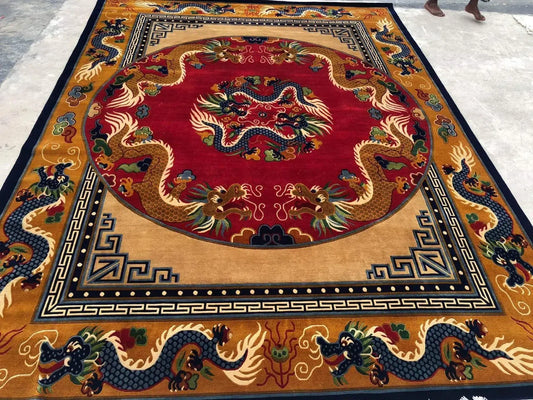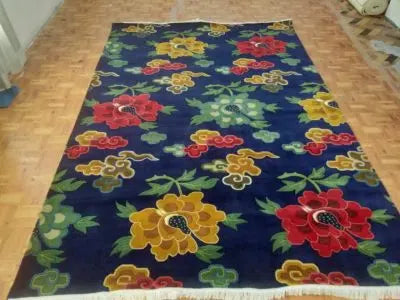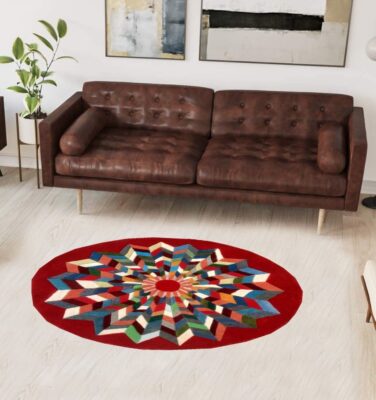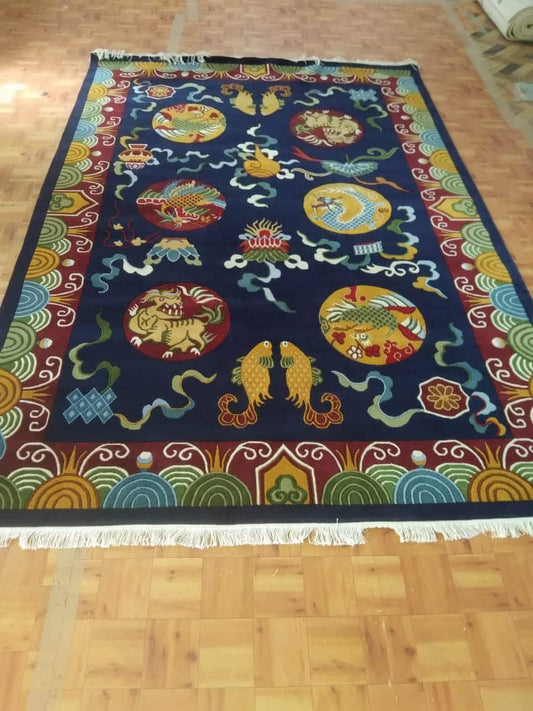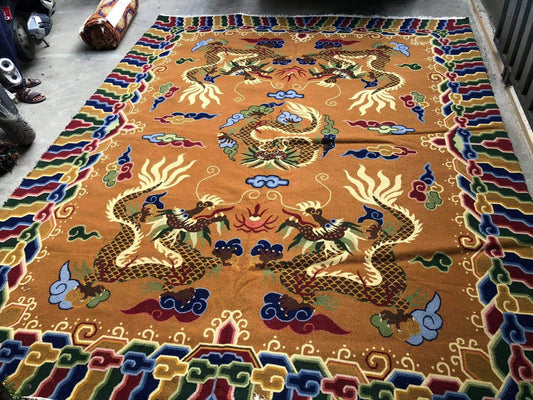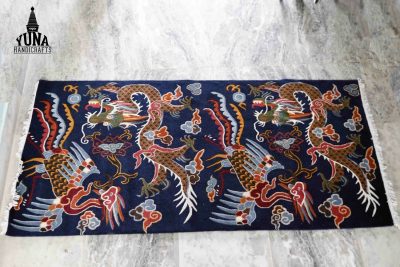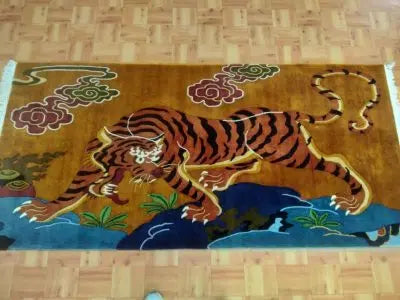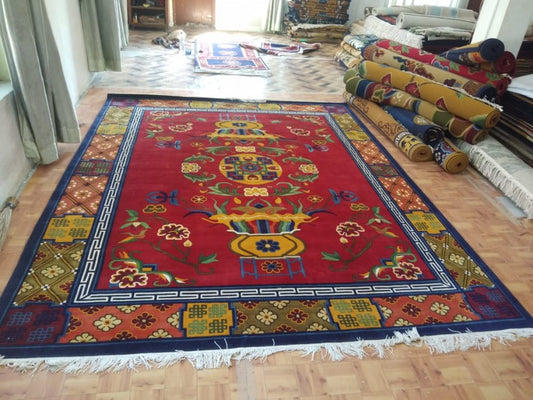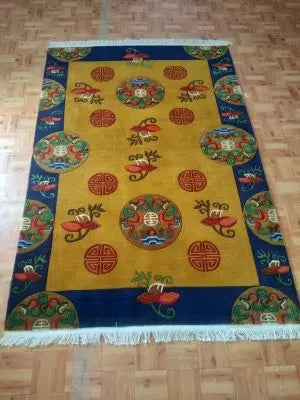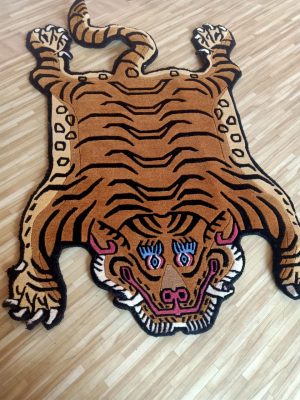-
Buy Floral Design Tibetan Rug
Regular price From $900.00 USDRegular price -
Endless Knot Tibetan Rugs with Dragon
Regular price From $900.00 USDRegular price -
Flower And Cloud Design Tibetan Carpets Nepal
Regular price From $900.00 USDRegular price -
Handmade Tibetan Mandala Rug
Regular price $1,600.00 USDRegular price -
Tibetan Carpet With Auspicious Buddhist Signs
Regular price From $900.00 USDRegular price -
Tibetan Design 5 Dragon Rug
Regular price From $900.00 USDRegular price -
Tibetan Dragon Carpet
Regular price From $900.00 USDRegular price -
Tibetan Rug Tiger Design
Regular price From $900.00 USDRegular price -
Tibetan Rug With Flower And Endless Knot Border
Regular price From $900.00 USDRegular price -
Tibetan Rugs With Flower Design
Regular price From $900.00 USDRegular price -
Tibetan Tiger Rugs
Regular price From $400.00 USDRegular price

